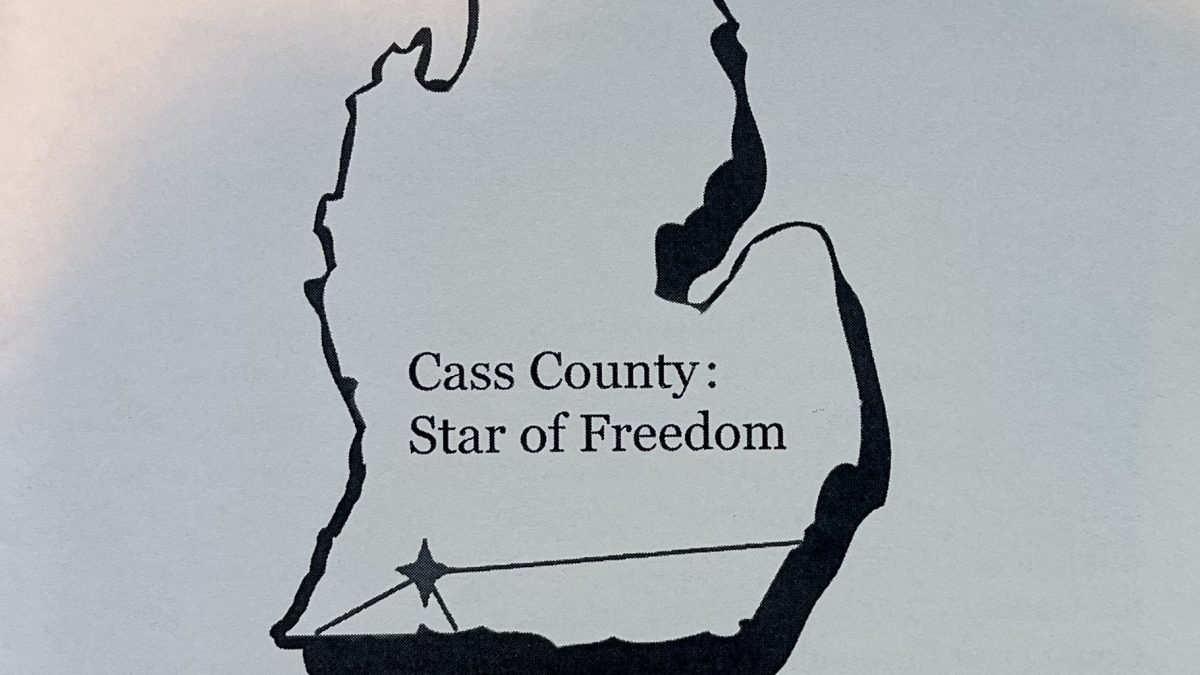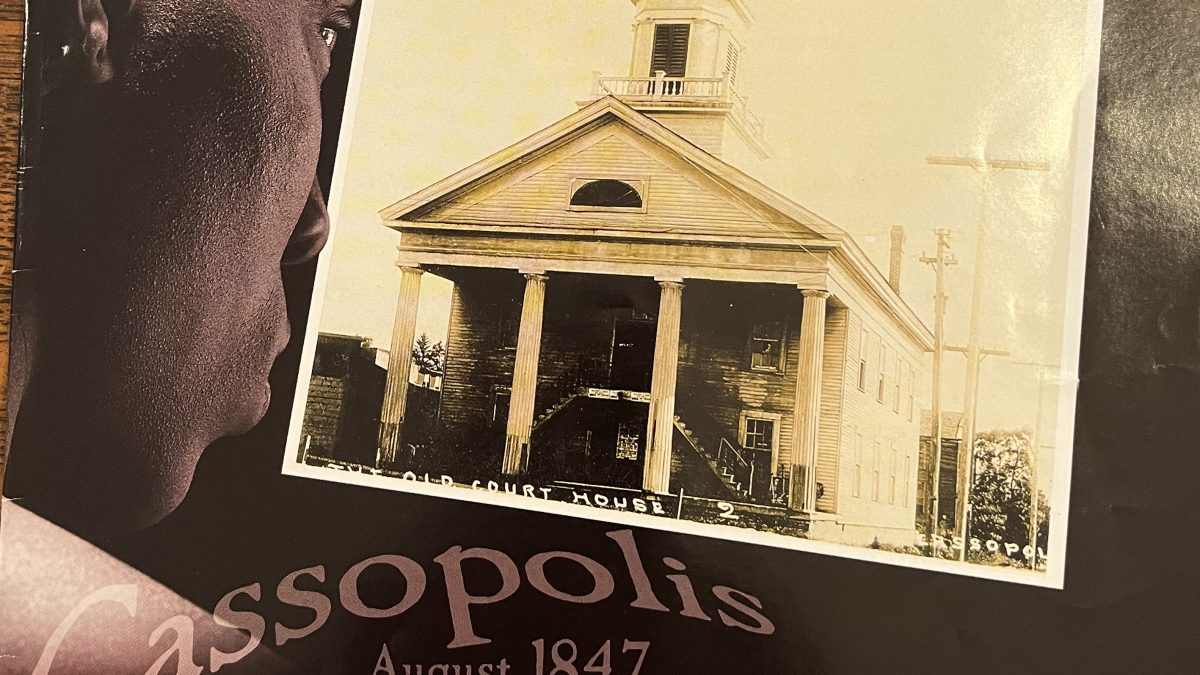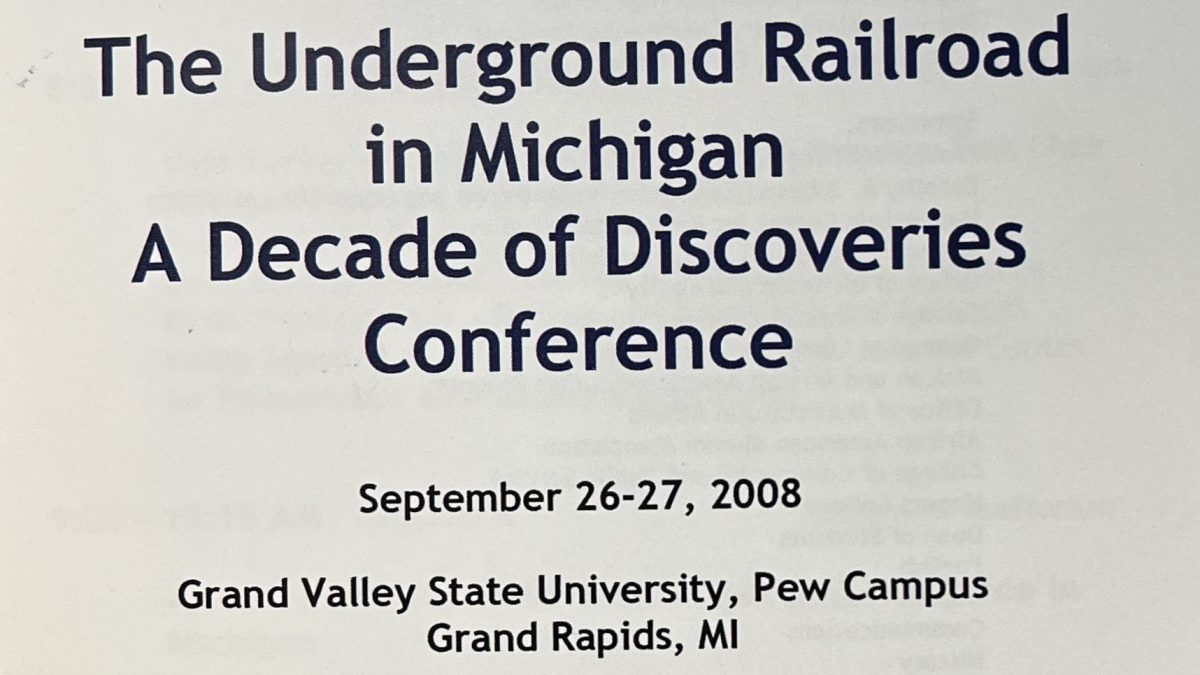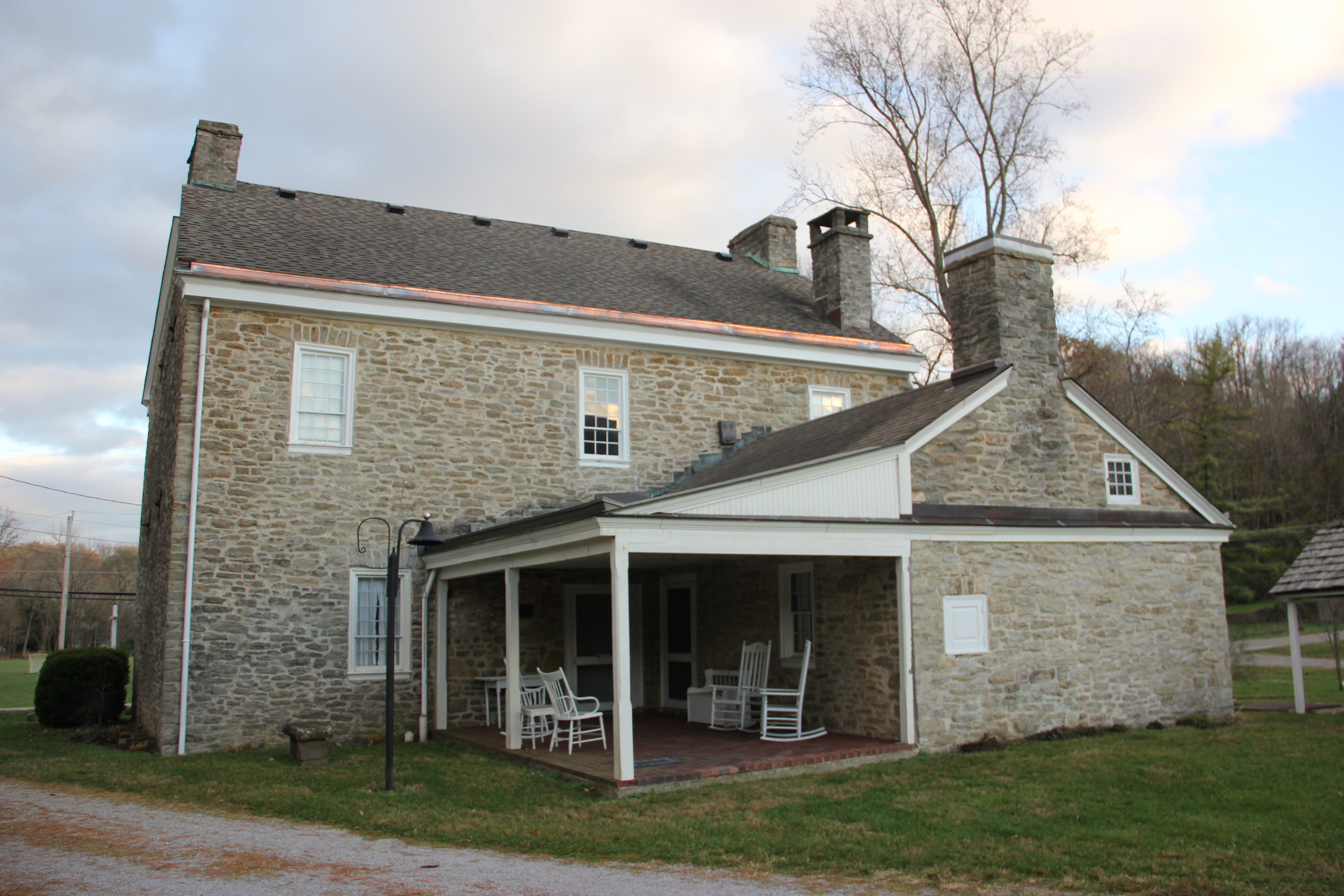Field research is an exciting time, filled with travel, discoveries, and hope of breaking new ground. I recently traveled southwest Michigan, visiting four repositories in four days to research an event known as the Kentucky Raid, an attempt in 1847 by slavecatchers to kidnap African Americans residing in Cass County, Michigan thwarted by nonviolent resistance. This was a successful effort thanks to strong preparation and planning that allowed for thorough research of many resources.

First off, what was the Kentucky Raid? It remains little known or documented outside of Cass County. Kentucky plantation owners and bounty hunters sought to kidnap escaped slaves residing in a county that was also a hotbed of the Underground Railroad. However, the alarm was raised, free African Americans and whites confronted the slavecatchers and forced them through a hurried court trial to release the victims.
To start, I determined what I was going to research: not what happened but how memories and histories have shaped perspectives of the raid. This may appear simple, but it determined what repositories to visit, what collections to research, and what information to look for. This made for a more efficient effort on limited time.

This was especially important as records relating to the raid are scattered across southwest Michigan. Establishing the research goal allowed me to narrow the search to four repositories: the Cass District Library Local History Branch, the James E. Bonine House, the Lemmen Library & Archives at Grand Valley State University, and the Regional History Collections at Western Michigan University.

Before visiting any repositories came several steps. The first was presenting the goal and receiving supervisor permission. These helped secure funding for travel, meals, and living arrangements. Once they were approved and funded, I developed a schedule to ensure I used my limited time efficiently. As I was traveling every day between sites, I selected a hotel with a location central to them and a rental car for travel. One last step prior to visiting was contacting each repository a month in advance to give staff sufficient time to search collections for the necessary records.

The volumes of records yielded in these searches varied among the repositories. Which was why I had to decide on whether I had time to research them or make copies to research later. Two repositories had fewer records than the other two, giving me time to research them. The volume of records at the other two forced me to focus less on research and more on looking for records that could be worth researching and marking them for reproduction.
All these efforts served to make this a successful research trip in hope of showing how perspectives have changed of the Kentucky Raid over time. Yet all this would not have been possible without setting that goal, doing proper preparation, and determining where to visit and what to research.

